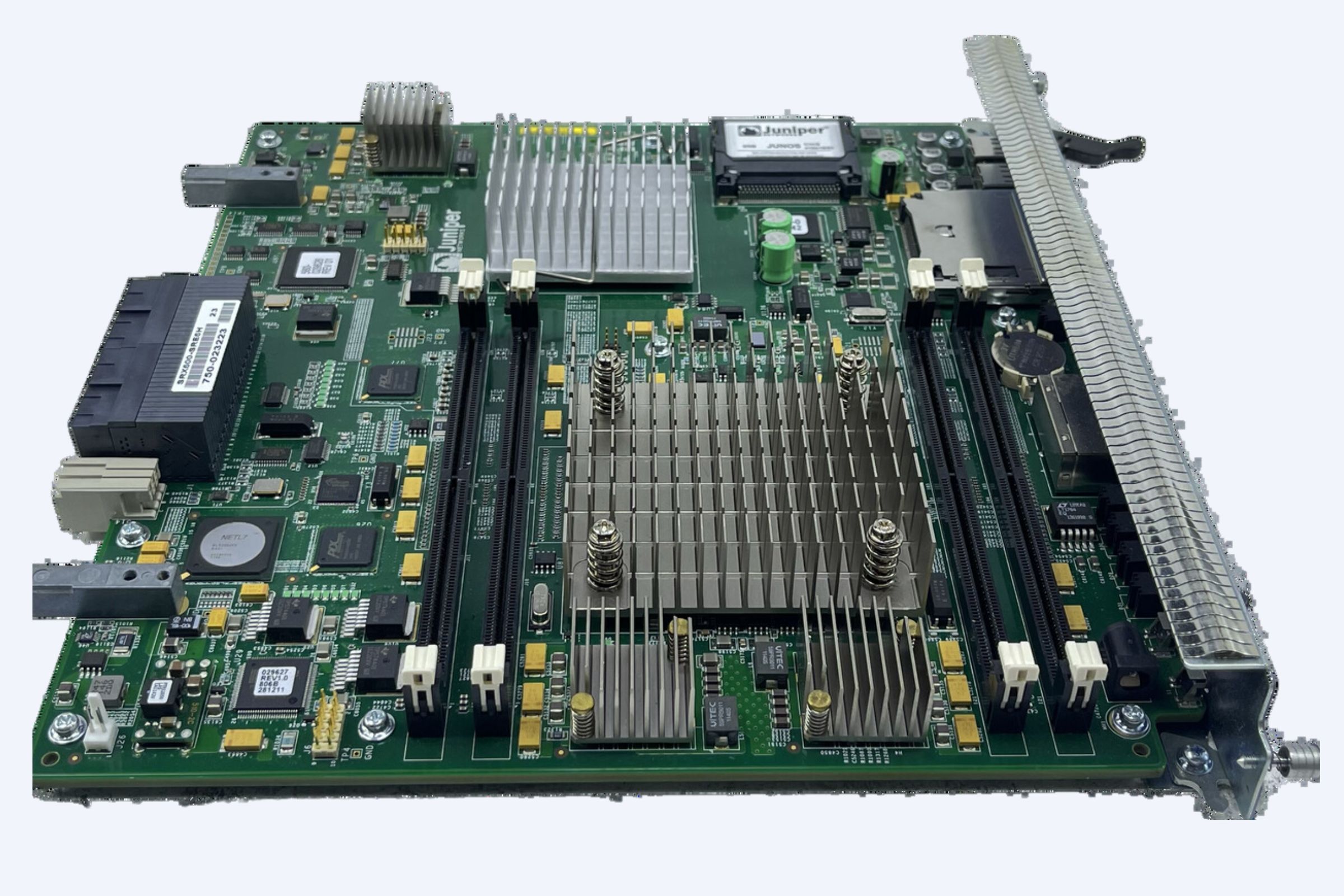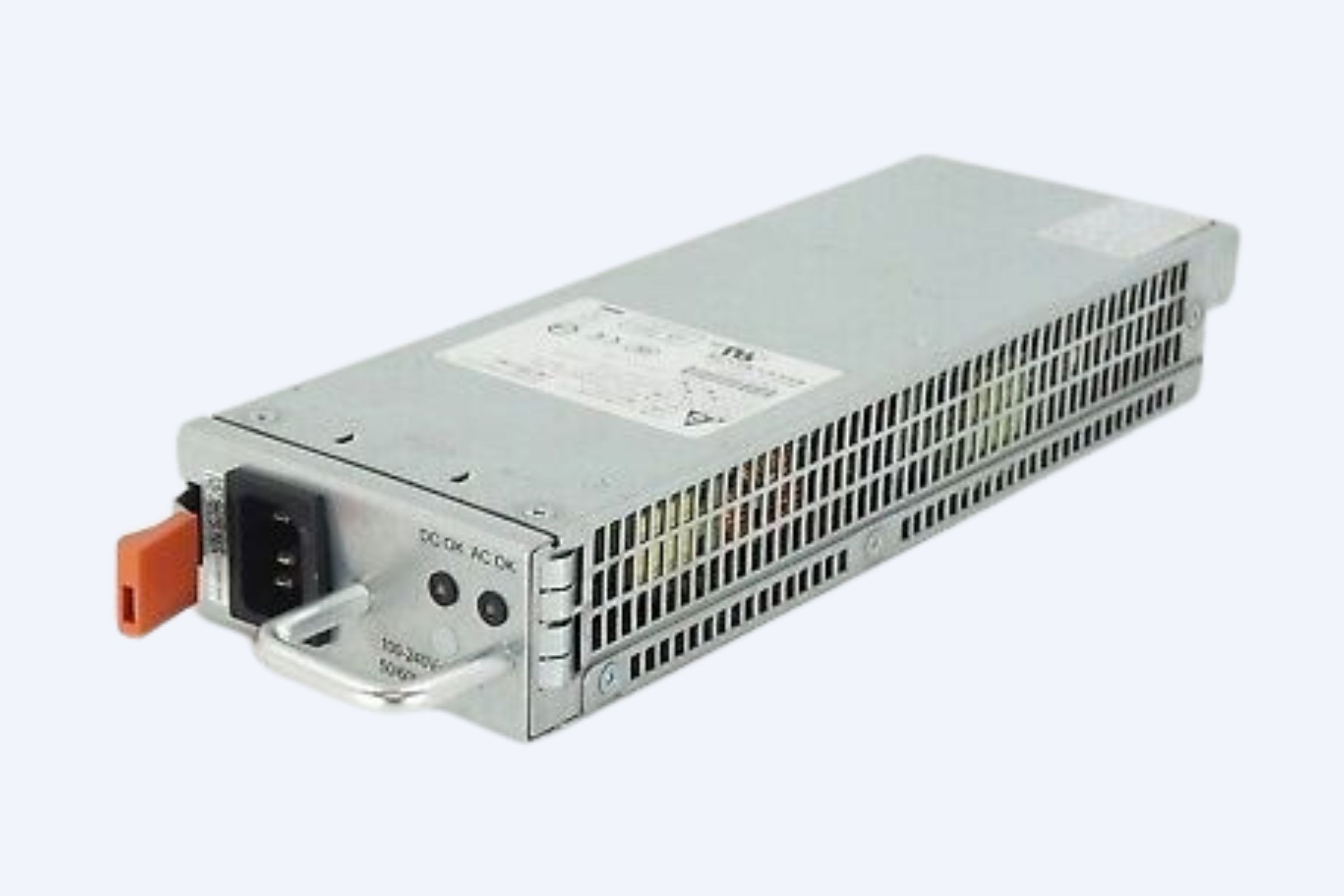Converting 5 kVA to kW depends primarily on the power factor (PF) of the electrical system. The formula is straightforward: kW=kVA×PF. For instance, using a standard industrial PF of 0.8, 5 kVA equals 4 kW. The power factor measures how efficiently electrical power is used and can vary by application.
How Does Power Factor Influence the Conversion from kVA to kW?
Power factor is the ratio of real power (kW) to apparent power (kVA) and ranges from 0 to 1. It quantifies electrical efficiency. The higher the PF, closer to 1, the more actual work is done per kVA drawn. For a 5 kVA system, the kW output depends on the PF; e.g., at 0.8 PF, 5 kVA converts to 4 kW.
What Is the Formula for Converting kVA to kW?
The conversion formula is kW=kVA×PF. Here, kVA is the apparent power, PF is the power factor, and kW is the actual usable power. Without knowing PF, you cannot accurately convert kVA to kW. In a perfect system (PF = 1), kVA equals kW.
Which Industries Have Typical Power Factors Affecting kVA to kW Conversion?
Different industries have characteristic power factors due to their equipment types. For example, manufacturing and office industries typically have PF around 0.8 to 0.9, whereas mining or oil pumping may have lower PFs like 0.4–0.6. This affects how much real power (kW) you get from the apparent power (kVA).
| Industry | Typical Power Factor (%) |
|---|---|
| Office | 80 – 90 |
| Manufacturing | 60 – 80 |
| Mining/Coal | 65 – 80 |
| Oil Pumping | 40 – 60 |
| Brewery | 75 – 80 |
How Can You Determine the Power Factor for Accurate Conversion?
The power factor is usually provided by the equipment manufacturer or can be measured with power analyzers. It depends on the nature of the load—resistive loads like heaters have PF close to 1, while inductive loads like motors have lower PF. Understanding PF allows precise conversion from kVA to kW.
Why Is It Important to Convert kVA to kW for IT and Enterprise-Class Servers?
In computing and enterprise IT infrastructure, such as servers supplied by Wecent, knowing real power consumption (kW) is crucial for capacity planning, energy costs, and cooling design. Apparent power (kVA) relates to electrical infrastructure design, but billing and actual power used is in kW.
What Are the Differences Between kVA and kW in Electrical Systems?
kVA represents apparent power — the total electrical power within the system, including power that does no useful work (reactive power). kW refers to the actual power converted into useful work. Reactive power is caused by inductive or capacitive elements and causes the difference.
Can You Convert kW Back to kVA?
Yes, by rearranging the formula: kVA=kWPF. For example, if a device uses 4 kW and has a PF of 0.8, then apparent power kVA=40.8=5 kVA.
What Are Common Power Factor Values and Their Practical Effects?
| Power Factor (PF) | Effect on kW from 5 kVA |
|---|---|
| 1.0 | 5.0 kW |
| 0.9 | 4.5 kW |
| 0.8 (standard) | 4.0 kW |
| 0.7 | 3.5 kW |
| 0.5 | 2.5 kW |
Lower PF means more kVA is required for the same actual power, leading to inefficiencies.
How Does Wecent Ensure Accurate Power Management in Its Server Solutions?
Wecent partners with top brands and adheres to high standards ensuring server power systems are optimized for efficiency. By providing certified equipment and detailed power metrics including power factor, Wecent enables clients to manage both apparent and real power requirements effectively.
When Should You Consider Power Factor Correction in Your Systems?
If your system operates with a low power factor (below 0.85), it’s wise to consider power factor correction to improve efficiency, reduce energy losses, and potentially lower electricity bills. This is particularly relevant in large enterprise environments using extensive IT infrastructure supplied by Wecent.
Wecent Expert Views
“Understanding the distinction between kVA and kW is fundamental for optimizing IT infrastructure power management. In delivering top-tier servers and solutions, Wecent emphasizes power factor awareness to ensure clients achieve cost-effective and reliable operations. Correct power factor measurement and management translate directly into energy efficiency, operational stability, and reduced downtime across enterprise environments.”
Conclusion
Accurately converting 5 kVA to kW hinges on knowing the power factor. While kVA measures apparent power, kW reflects useful power consumption. Power factor varies by equipment and industry, commonly around 0.8 in industrial settings. Enterprises, especially in IT and server management like Wecent, rely on this understanding to optimize energy use and system design. Always use the formula kW=kVA×PF for conversions, and consider power factor correction when needed to enhance efficiency.
FAQs
Q1: What is the power factor of a 5 kVA system?
A1: It varies, but a common industrial power factor is 0.8, so 5 kVA equals 4 kW real power.
Q2: Can kVA be higher than kW?
A2: Yes, kVA includes both real and reactive power; kW is only the useful power.
Q3: Does a power factor of 1 always occur?
A3: Rarely; a PF of 1 means 100% efficiency, usually in purely resistive loads.
Q4: How do servers handle power factor issues?
A4: Servers from suppliers like Wecent are designed with power factors to optimize energy use and reduce reactive power.
Q5: Is it necessary to know kVA when purchasing equipment?
A5: Yes, to ensure electrical infrastructure can handle the apparent power demand safely.





















